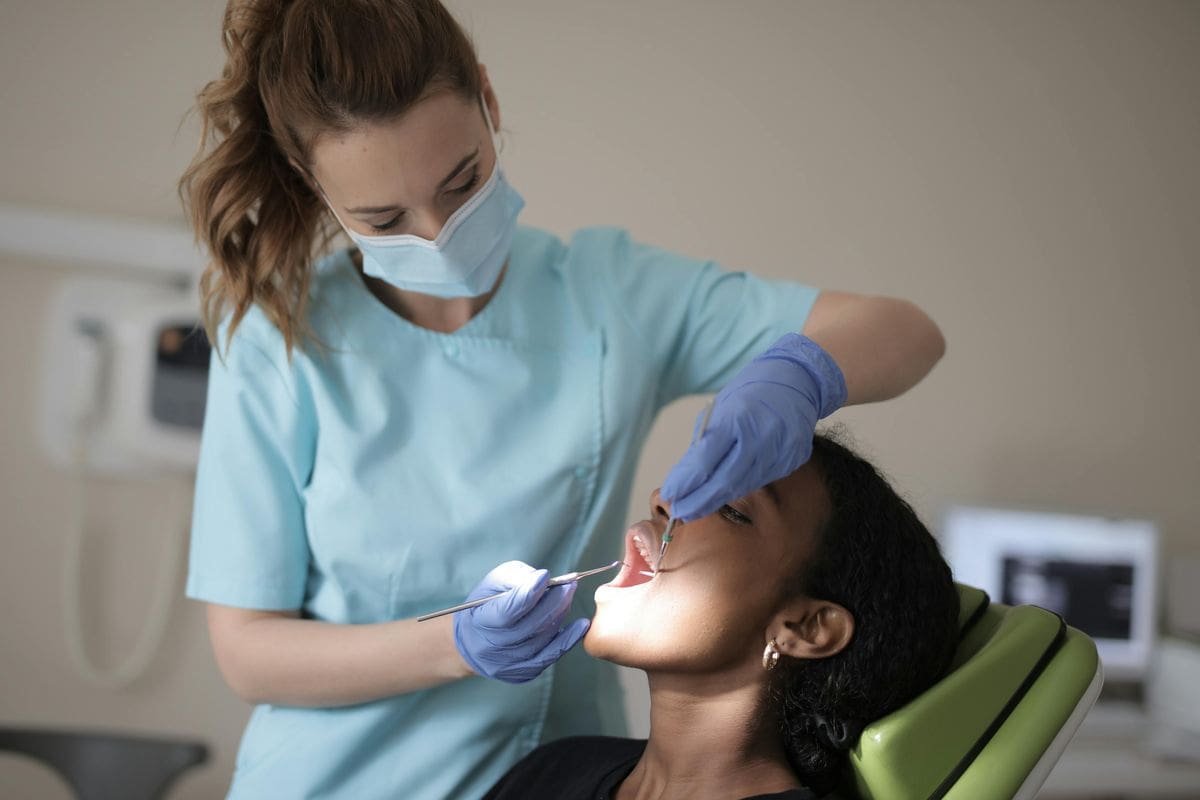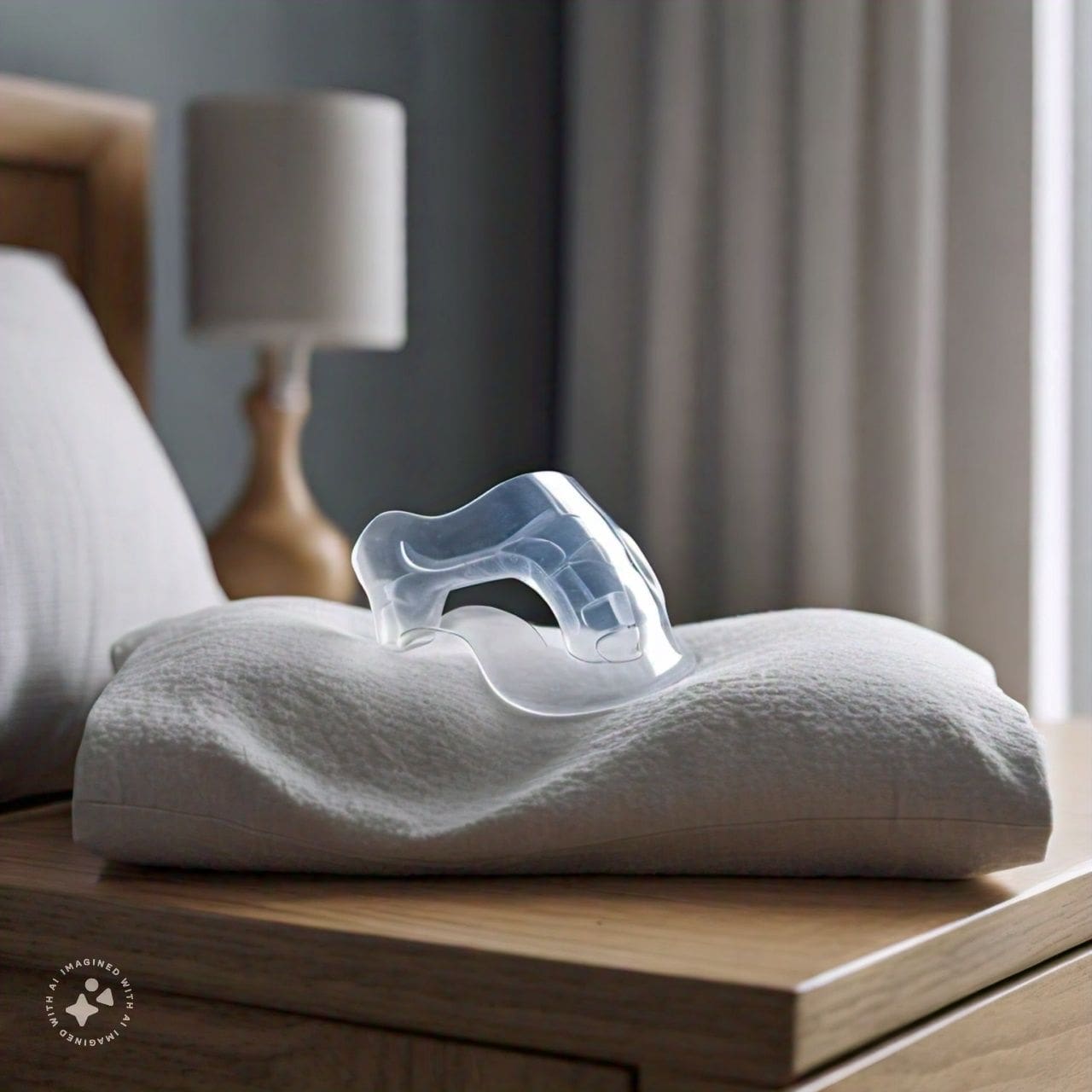Orthodontic care is an essential aspect of many children’s dental journeys. As a parent, it’s common to have questions and concerns while considering braces for your child. With our comprehensive Frequently Asked Questions (FAQ) guide, the expert orthodontic team at Waban Dental Group – Pediatric Dentistry & Orthodontic is here to provide clarity and address your concerns surrounding braces and orthodontic care for kids.
From understanding the right age to begin orthodontic treatment to exploring various types of braces and maintaining oral hygiene during treatment, our FAQ guide aims to equip you with the knowledge necessary for you and your child to navigate the orthodontic journey with confidence. Allow our experienced and caring team to help you make informed decisions that ensure your child’s optimal oral health and stunning, life-lasting smiles.
At What Age Should My Child See an Orthodontist?
The American Association of Orthodontists (AAO) recommends that children have their first orthodontic evaluation by the age of 7, when a mix of primary and permanent teeth are likely present. This allows the orthodontist to identify any crowding, spacing, or bite issues early on, facilitating timely intervention and, in some cases, simplifying future treatment.
What Are the Signs That My Child May Need Braces?
Some key indicators that your child might require orthodontic treatment include:
– Difficulty biting or chewing
– Thumb-sucking or prolonged use of pacifiers
– Speech difficulties
– Protruding, crowded, or misaligned teeth
– Early or late loss of baby teeth
– Mouth breathing
– Inconsistencies between upper and lower jaws
While these signs can be helpful, only a professional orthodontic evaluation can determine if braces are necessary.
What Types of Braces Are Available for Kids?
There are several different types of braces available, each with its unique benefits and drawbacks. Your orthodontist will recommend the most suitable option for your child’s specific needs. The most common types include:
- Traditional Metal Braces: These consist of metal brackets, wires, and bands and are the most common type of braces. They are often the most affordable option and work well for more complex orthodontic issues.
- Ceramic Braces: Similar in design to traditional metal braces, ceramic braces use tooth-colored brackets and wires, making them less noticeable. While more aesthetically appealing, they can be more expensive and less durable than metal braces.
- Lingual Braces: Placed on the inside of the teeth, lingual braces are virtually invisible. They can be more challenging to clean and maintain, and treatment might be longer and more uncomfortable.
- Invisalign: Clear, removable aligners made of BPA-free plastic offer a virtually invisible alternative to traditional braces. These are typically recommended for mild to moderate orthodontic issues and may not be suitable for younger children.
How Long Will My Child Need to Wear Braces?
The duration of orthodontic treatment varies significantly depending on the complexity of the issue being addressed. On average, most children wear braces for 18 months to 3 years. Your orthodontist will provide an estimated treatment time based on the needs and growth patterns of your child.
How Often Will My Child Need Adjustments and Check-ups?
Regular adjustments and check-ups are essential for successful orthodontic treatment. On average, these appointments occur every 4 to 8 weeks. During these visits, the orthodontist will adjust the braces’ wires, replace worn or damaged parts, and monitor your child’s progress.
How Can We Maintain Oral Hygiene with Braces?
Maintaining oral hygiene during orthodontic treatment is crucial to avoid tooth decay, gum disease, and staining. Follow these tips for optimal oral hygiene with braces:
- Brush after Every Meal: Thoroughly brush around and between the brackets using a soft-bristled toothbrush or an orthodontic brush.
- Floss Daily: Use floss threaders or orthodontic floss to clean between teeth and around brackets.
- Utilize Additional Oral Care Tools: Interdental brushes or Waterpik flossers can help clean hard-to-reach areas around brackets and wires.
- Regular Dental Check-Ups: Continue visiting your dentist for routine cleanings and exams to ensure optimal oral health during orthodontic treatment.
Are There Any Food Restrictions?
Yes, children with braces should avoid certain types of foods to prevent damage or breaking of their braces. Some general guidelines include:
-Avoid sticky or chewy foods such as caramel, taffy, and gum, as they can dislodge or damage braces.
-Limit sugary and acidic foods and beverages, as they can contribute to tooth decay and enamel erosion.
-Cut hard foods like carrots and apples into small, manageable pieces, and avoid biting directly with the front teeth.
-Avoid biting on hard objects such as ice, pens, or pencils, which can damage braces.
Will My Child Need a Retainer After Braces?
Yes, retainers are an essential part of the orthodontic process as they help maintain the new position of your child’s teeth after braces are removed. There are two main types of retainers: removable and permanent. Your orthodontist will recommend the best option for your child and provide instructions on usage and care.
Secure Your Child’s Confident Smile with Waban Dental Group – Pediatric Dentistry & Orthodontic
We hope that our detailed FAQ guide has addressed some of your primary concerns and questions regarding braces and orthodontic care for kids. The pediatric dentistry team at Waban Dental Group – Pediatric Dentistry & Orthodontic is dedicated to providing personalized, compassionate, and effective dental care to ensure that your child enjoys a lifetime of healthy, confident smiles.
Attention parents in Newton, MA! Are you looking for a trusted pediatric dentist and orthodontist for your child’s braces? Look no further than Waban Dental Group! Our team specializes in pediatric dentistry and orthodontics, providing professional and personalized care for your child’s orthodontic concerns. From traditional braces to Invisalign, we offer a range of options to fit your child’s unique needs. Visit us today and address your child’s orthodontic concerns with confidence.






